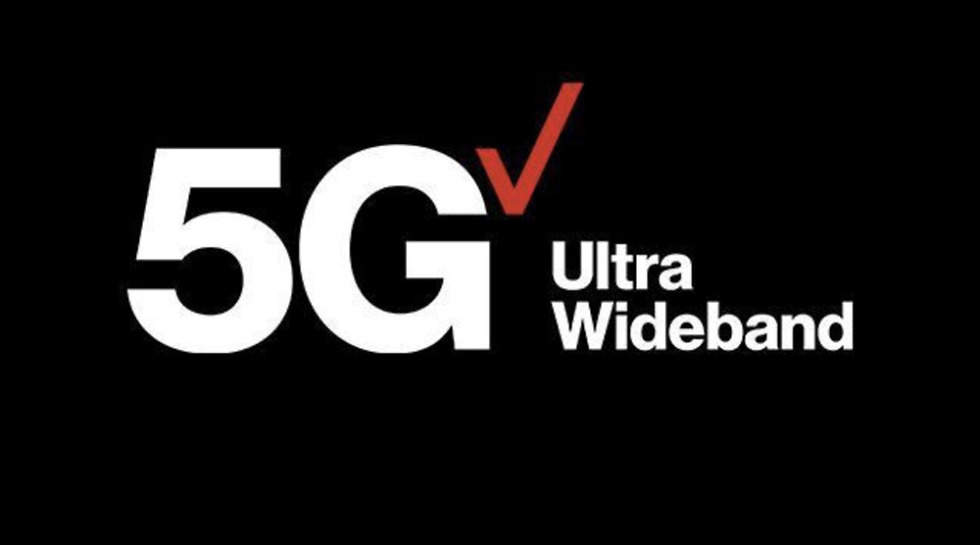Verizon to double 5G mmWave cities and use DSS by end of 2020
 But Verizon’s 5G efforts aren’t exclusive to its mmWave spectrum. Vestberg reiterated Verizon’s promise to expand 5G to other spectrum bands sometime this year. The U.S. #1 wireless carrier plans to use Dynamic Spectrum Sharing (DSS) which will let it share lower frequencies for use with 4G and 5G endpoint devices at the same time from one cell site. That would let it cover far more territory, though with slower download speeds.[Note that T-Mobile has reported difficulties with at least one vendor in deploying DSS.]
But Verizon’s 5G efforts aren’t exclusive to its mmWave spectrum. Vestberg reiterated Verizon’s promise to expand 5G to other spectrum bands sometime this year. The U.S. #1 wireless carrier plans to use Dynamic Spectrum Sharing (DSS) which will let it share lower frequencies for use with 4G and 5G endpoint devices at the same time from one cell site. That would let it cover far more territory, though with slower download speeds.[Note that T-Mobile has reported difficulties with at least one vendor in deploying DSS.]
Rivals have said the gear isn’t ready yet, but Vestberg pushed back on Thursday. “This year we will launch nationwide 5G based on dynamic spectrum sharing,” he said. “We’re going to launch that when we think it’s commercially right, when we see enough handsets out in the market.”
In other Verizon news, the company said it plans to expand its edge computing agreement with Amazon AWS, first announced late last year. The companies hope to operate a total of 11 edge computing sites by the end of 2020, up from one site when the pact was first announced.
Verizon’s announcements today reflect continued momentum by the operator in the realm of 5G. Unlike its rival AT&T, which is in the midst of building out a streaming video operation via its acquisition of Time Warner, Verizon has bet much of its corporate future on 5G. Thus, given the operator’s size and scope, it can be viewed as a bit of a 5G bellwether.
It’s difficult to gauge the details of Verizon’s 5G progress considering the company does not disclose important metrics like the number of 5G handsets it has sold, the number of 5G customers it counts, the number of 5G transmission sites it operates and the specific revenues it expects to derive from 5G.
References:
https://fortune.com/2020/02/13/verizon-5g-mobile-network-double-number-of-cities/
2 thoughts on “Verizon to double 5G mmWave cities and use DSS by end of 2020”
Comments are closed.



Ericsson Spectrum Sharing launches commercially
By Harry Baldock, Total Telecom, Thursday 27 February 20
The new software will allow 4G and 5G to be deployed on the same band, improving efficiency and removing the need for reinvestment
With the availability of spectrum always a thorn in operators’ sides, Ericsson has launched a new software solution that should allow them to get the maximum out of this precious resource.
Ericsson Spectrum Sharing (ESS) software allows 4G and 5G to share the same band and the same radio, switching between the two in a millisecond based on user demand. It will allow operators to make the most of their existing spectrum, rolling out 5G on their existing LTE bands without needing to reinvest.
“For the first time, our customers do not have to re-farm spectrum before deploying a new ‘G’ and can quickly get 5G on the same footprint as they have with 4G today,” said Ericsson’s VP and head of networks, Fredrik Jejdling. “In the next 12 months, more than 80 percent of the commercial 5G networks we support will use our spectrum sharing solution to achieve broad 5G coverage.”
ESS is to be implemented by a range of service providers, including Swisscom, Telstra, Ooredoo, and Play.
This news comes just days after rival Huawei released its own dynamic spectrum sharing solution, called Hybrid DSS. Nokia has yet to launch a similar product, but reportedly has plans to do so later this year.
https://www.totaltele.com/505068/Ericsson-Spectrum-Sharing-launches-commercially
WRC-19 identified new frequency bands 24.25-27.5 GHz, 37-43.5 GHz, 45.5-47 GHz, 47.2-48.2 and 66-71 GHz for the deployment of 5G (IMT 2020) radio access networks. Those frequencies will be included in a new version of ITU-R M.1036 recommendation.
ITU-R M.1036 will specify the frequency bands for IMT 2020 RIT/SRITs as well as all other IMT recommendations (e.g. IMT-2000, IMT-Advanced, etc).
Free download of the ITU-R M.1036 pdf:
https://www.itu.int/dms_pubrec/itu-r/rec/m/R-REC-M.1036-6-201910-I!!PDF-E.pdf